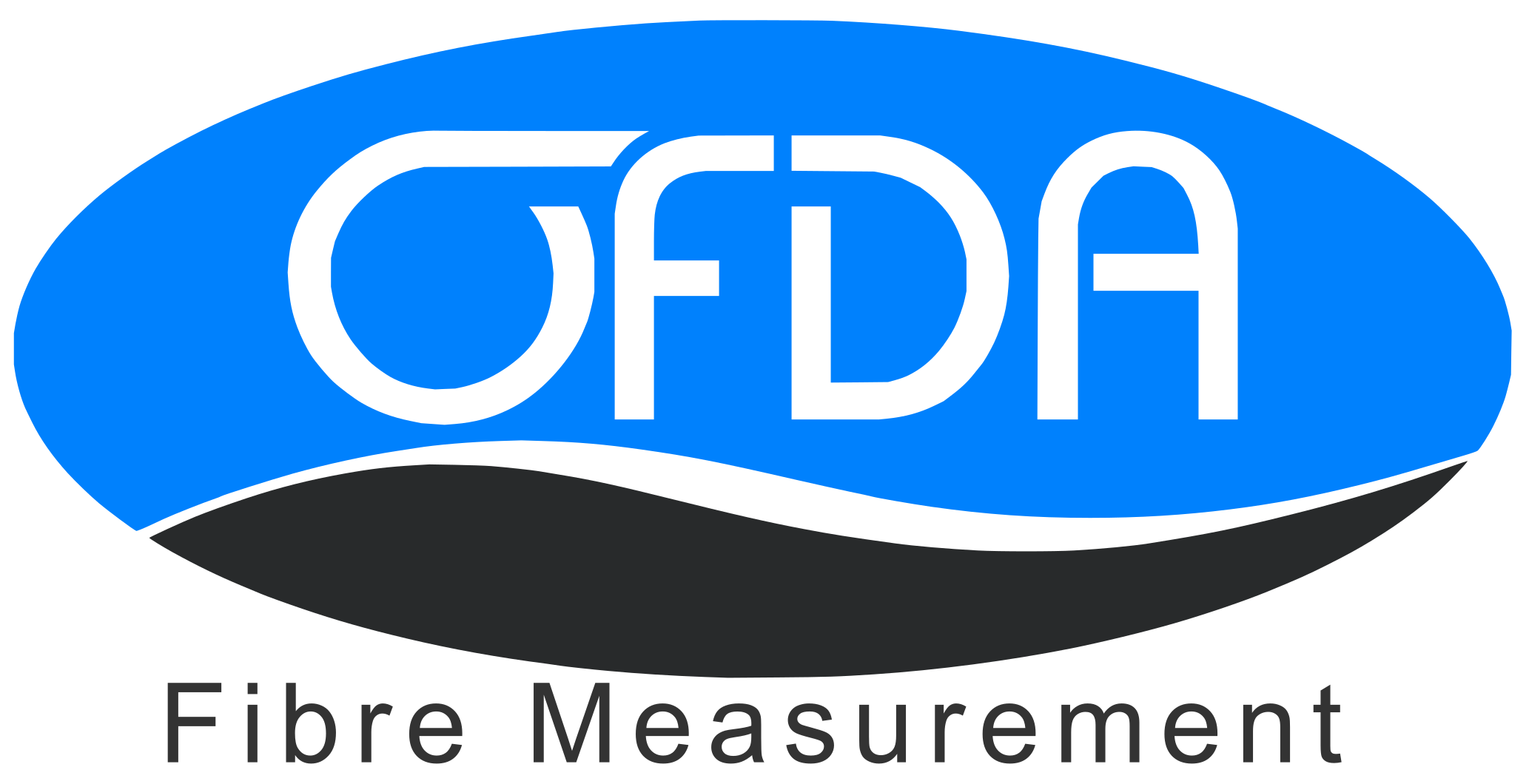The Science of Fleece Assessing Quality with OFDA Technology
- Thomas Hegerty
- Feb 28
- 3 min read
Updated: Sep 24
Fleece is one of the most valuable natural fibres used in textiles, offering warmth, durability, and sustainability. However, not all fleece is created equal. Its quality depends on various factors such as fibre diameter, length, and consistency, which directly impact its softness, strength, and overall performance.
At Robotic Vision, we specialise in advanced fibre analysis technology that ensures fleece meets the highest standards. Our Optical-based Fibre Diameter Analyser (OFDA) instruments provide precise measurements, helping wool growers, processors, and manufacturers deliver premium fleece to the market. In this article, we’ll explore what makes high-quality fleece, how it is tested, and why OFDA technology is essential for the textile industry.
What Defines High-Quality Fleece?
The value of fleece is determined by several key characteristics that influence its feel, functionality, and market demand. The most important factors include:
1. Fibre Diameter (Micron Count)
The finer the fibre, the softer the fleece. Fibre diameter is measured in microns, with Merino fleece being among the finest and most sought-after. Generally, fleece under 20 microns is considered premium, making it ideal for soft, high-end garments.
2. Fibre Length and Strength
Longer fibres result in stronger, more durable yarns. Fleece with consistent fibre length and minimal breakage ensures higher-quality spinning and weaving, reducing fabric pilling and wear over time.
3. Crimp and Elasticity
The natural wave pattern in fleece, known as crimp, affects its elasticity and insulation properties. A well-defined crimp means the fleece is more resilient and can trap air effectively, providing superior warmth and comfort.
4. Purity and Cleanliness
High-quality fleece should be free from contaminants such as vegetable matter, dust, and excessive grease. Proper cleaning and scouring processes help maintain fleece integrity and enhance its usability in textile production.
How is Fleece Quality Measured?
Traditional fleece testing methods relied on manual inspection, which was time-consuming and less precise. With advancements in technology, Optical-based Fibre Diameter Analyser (OFDA) instruments have revolutionised the industry, providing rapid and highly accurate assessments of fleece quality.
Advantages of OFDA2000 Portable Greasy Measurement Mode
The OFDA2000 is a portable solution that allows for on-site fleece testing, providing instant feedback on fibre characteristics. Key benefits include:
Greasy Fleece Measurement – The OFDA2000 can measure fibre diameter directly from greasy wool samples, eliminating the need for extensive sample preparation.
Diameter Along the Staple – This feature allows users to analyse fibre diameter variation along the length of the staple, ensuring greater accuracy in quality assessment.
Staple Length Analysis – By measuring the staple length, the OFDA2000 helps wool growers and processors optimise their fleece selection for better performance in processing and end-use applications.
Unlike the OFDA2000, the OFDA4000 is more suited for later processing stages, making the portable OFDA2000 an essential tool for real-time fleece quality evaluation in the field.
Why is Fleece Testing Important?
Accurate fleece testing benefits the entire textile supply chain, from farmers to fashion designers. Here’s why it matters:
1. Ensuring Premium Quality
By using OFDA technology, fleece producers can guarantee superior quality, ensuring that only the finest fibres make it into the hands of consumers.
2. Supporting Sustainable Practices
Precise fibre analysis minimises waste and optimises fleece processing, promoting sustainable wool production and reducing environmental impact.
3. Enhancing Performance in Textiles
High-quality fleece leads to better yarns and fabrics, offering increased softness, durability, and breathability in clothing, bedding, and upholstery.
4. Maximising Market Value
Fleece that meets stringent quality standards commands higher prices, benefiting both wool growers and manufacturers by increasing profitability.
The Future of Fleece Quality Control with OFDA
As the demand for sustainable and high-performing textiles grows, fleece testing methods must continue to evolve. At Robotic Vision, we are committed to innovation in fibre analysis technology, ensuring that the textile industry has access to the most reliable and efficient testing solutions.
With our cutting-edge OFDA instruments, fleece producers can confidently deliver superior quality to global markets, reinforcing wool’s reputation as a luxurious and eco-friendly fibre.
Ready to Elevate Your Fleece Quality?
Discover how Robotic Vision's OFDA technology can revolutionise your fleece testing process. Ensure precision, sustainability, and premium quality in every fibre. Explore our solutions today!





Comments